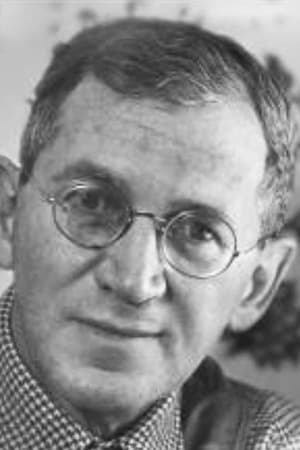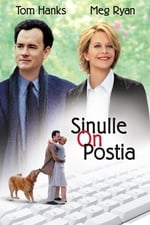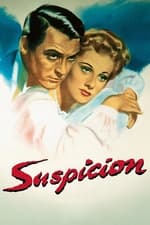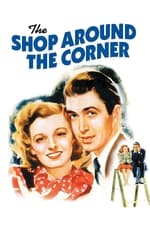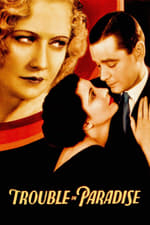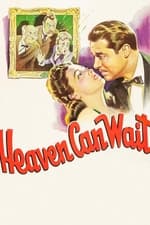Informations personnelles
Célèbre pour Écriture
Apparitions connues 35
Genre Homme
Date de naissance 30 mars 1894
Date de décès 16 juillet 1983 (89 ans)
Lieu de naissance New York City, New York, USA
Alias
- -
Score de contenu
100
Superbe ! Cette fiche semble complète !
Connectez-vous afin de
signaler un problème.
Biographie
From Wikipedia, the free encyclopedia
Samson Raphaelson (March 30, 1894 in New York City – July 16, 1983 in New York City) was an American screenwriter and playwright.
Born in New York City, Raphaelson worked on nine films with Ernst Lubitsch, including Trouble in Paradise (1932), The Shop Around the Corner (1939), Heaven Can Wait (1943), and That Lady in Ermine (1948). He also collaborated with Alfred Hitchcock on Hitchcock's Suspicion (1941). He is the author of the play Day of Atonement, which was made into The Jazz Singer (1927), the first talking picture, produced by Warner Brothers in the Vitaphone sound-on-disc process. Samson Raphaelson was also Ernst Lubitsch's favorite screenwriter.
Samson Raphaelson considered Suspicion to be "in many ways my best screenplay." Raphaelson also co-wrote Lubitsch's only sound-era drama Broken Lullaby (The Man I Killed, 1932). Though praised by playwright Robert E. Sherwood as "the best talking picture that has yet been seen and heard," the film was a box office flop. Aside from his more popular work, Raphaelson also wrote the college fight song for the University of Illinois in 1921. Titled, "Fight, Illini!: The Stadium Song" the music was composed by Rose J. Oltusky.
In 1977 the Writers Guild of America Awards granted him the "Laurel" for lifetime achievement. He taught playwriting at Columbia University until the last years of his life. His wife Dorshka (Dorothy Wegman) (1904-2005) was the author of 'Morning Song' and, until her death in 2005, was the second oldest surviving Ziegfeld Follies dancer. His nephew is filmmaker Bob Rafelson, and his grandson is photographer Paul Raphaelson.
Description above from the Wikipedia article Samson Raphaelson, licensed under CC-BY-SA, full list of contributors on Wikipedia.
From Wikipedia, the free encyclopedia
Samson Raphaelson (March 30, 1894 in New York City – July 16, 1983 in New York City) was an American screenwriter and playwright.
Born in New York City, Raphaelson worked on nine films with Ernst Lubitsch, including Trouble in Paradise (1932), The Shop Around the Corner (1939), Heaven Can Wait (1943), and That Lady in Ermine (1948). He also collaborated with Alfred Hitchcock on Hitchcock's Suspicion (1941). He is the author of the play Day of Atonement, which was made into The Jazz Singer (1927), the first talking picture, produced by Warner Brothers in the Vitaphone sound-on-disc process. Samson Raphaelson was also Ernst Lubitsch's favorite screenwriter.
Samson Raphaelson considered Suspicion to be "in many ways my best screenplay." Raphaelson also co-wrote Lubitsch's only sound-era drama Broken Lullaby (The Man I Killed, 1932). Though praised by playwright Robert E. Sherwood as "the best talking picture that has yet been seen and heard," the film was a box office flop. Aside from his more popular work, Raphaelson also wrote the college fight song for the University of Illinois in 1921. Titled, "Fight, Illini!: The Stadium Song" the music was composed by Rose J. Oltusky.
In 1977 the Writers Guild of America Awards granted him the "Laurel" for lifetime achievement. He taught playwriting at Columbia University until the last years of his life. His wife Dorshka (Dorothy Wegman) (1904-2005) was the author of 'Morning Song' and, until her death in 2005, was the second oldest surviving Ziegfeld Follies dancer. His nephew is filmmaker Bob Rafelson, and his grandson is photographer Paul Raphaelson.
Description above from the Wikipedia article Samson Raphaelson, licensed under CC-BY-SA, full list of contributors on Wikipedia.
Écriture
|
|||||||||||||||
|
|||||||||||||||
|
|||||||||||||||
|
|||||||||||||||
|
|||||||||||||||
|
|||||||||||||||
|
|||||||||||||||
|
|||||||||||||||
|
|||||||||||||||
|
|||||||||||||||
|
|||||||||||||||
|
|||||||||||||||
|
|||||||||||||||
|
|||||||||||||||
|
|||||||||||||||
|
|||||||||||||||
|
|||||||||||||||
|
|||||||||||||||
|
|||||||||||||||
|
|||||||||||||||
|
Interprétation
|
Réalisation
|
Équipe technique
|
